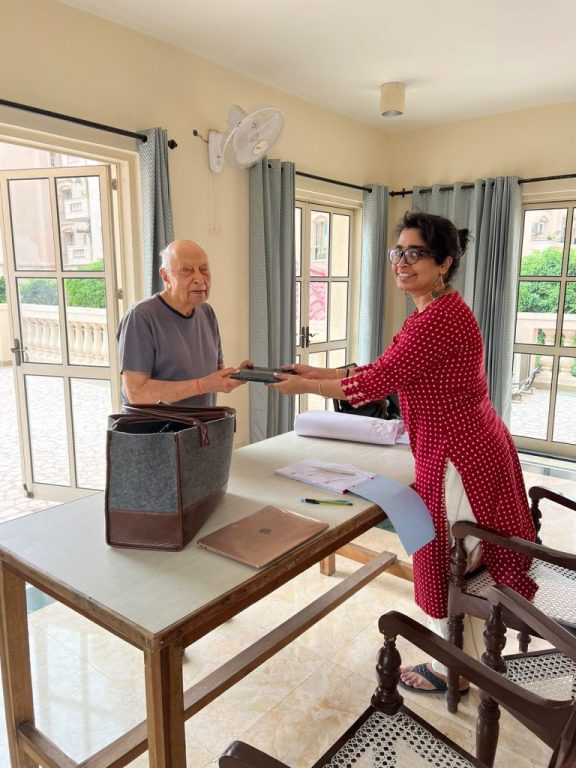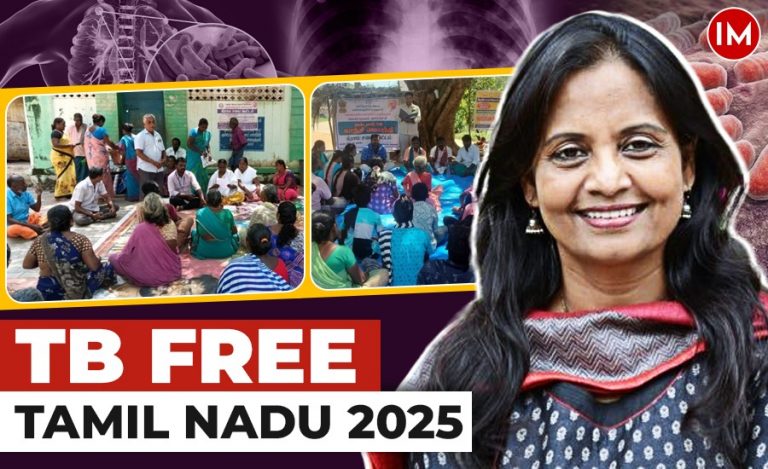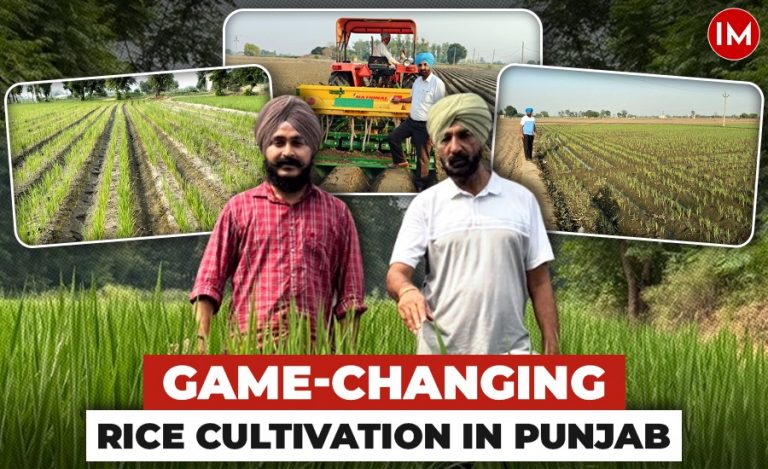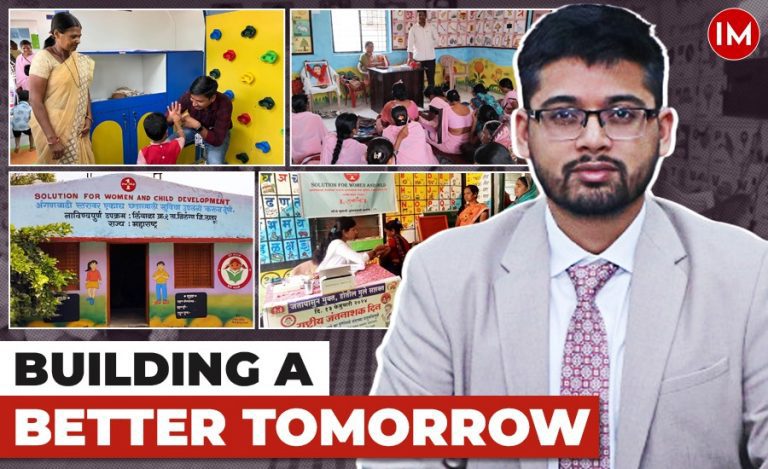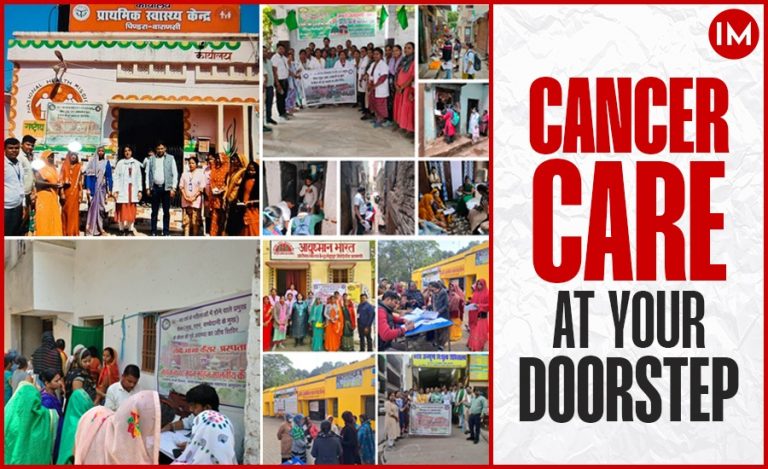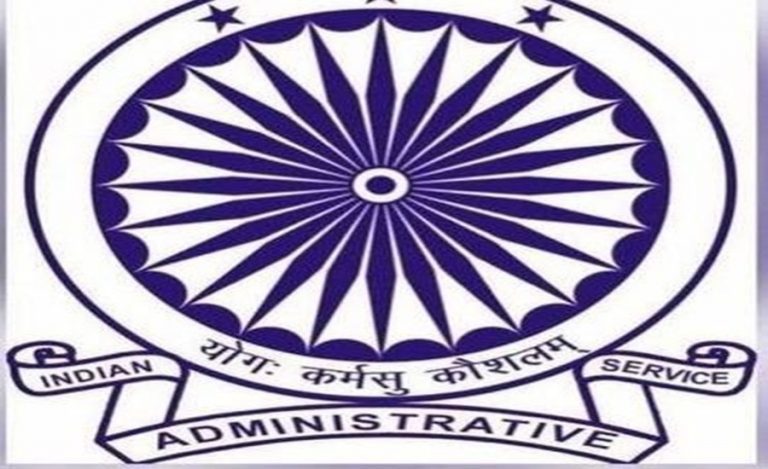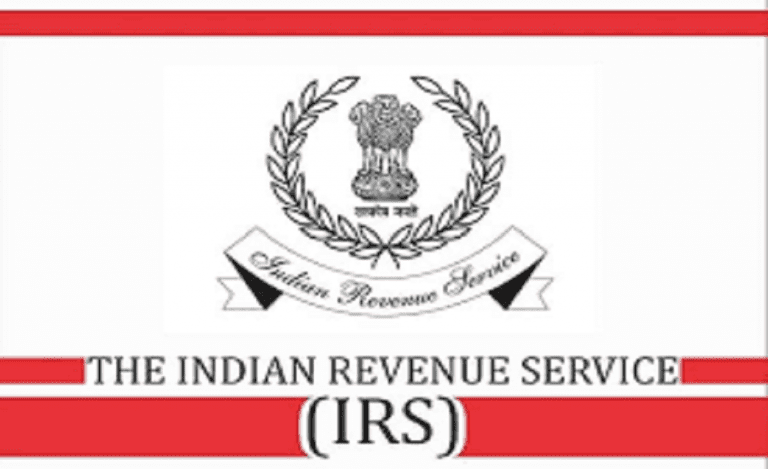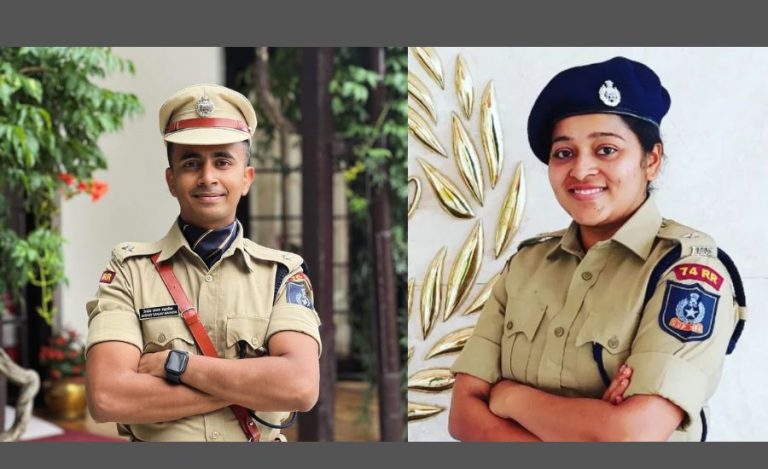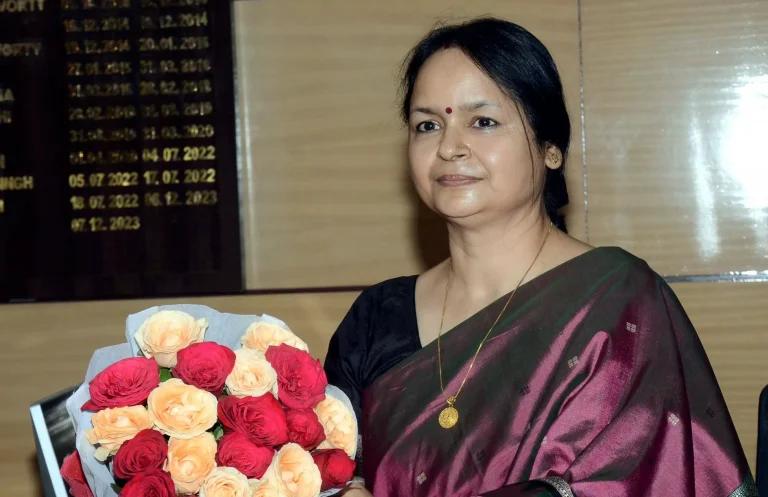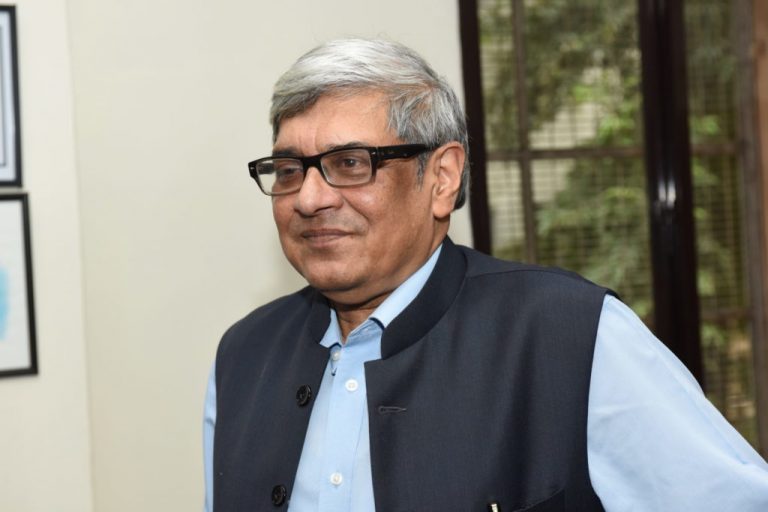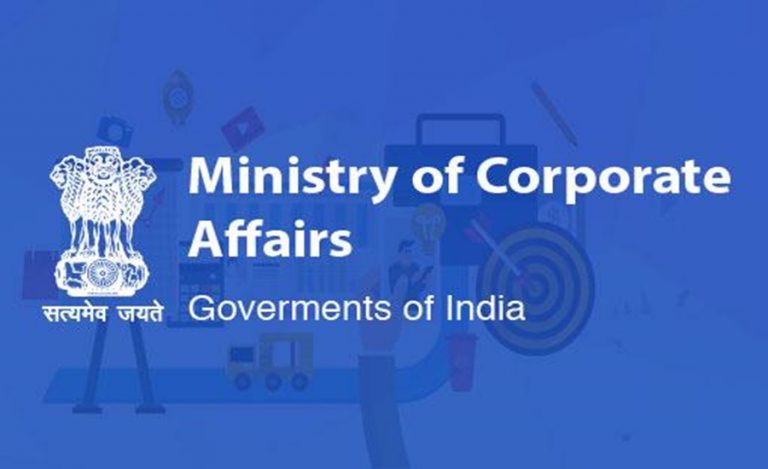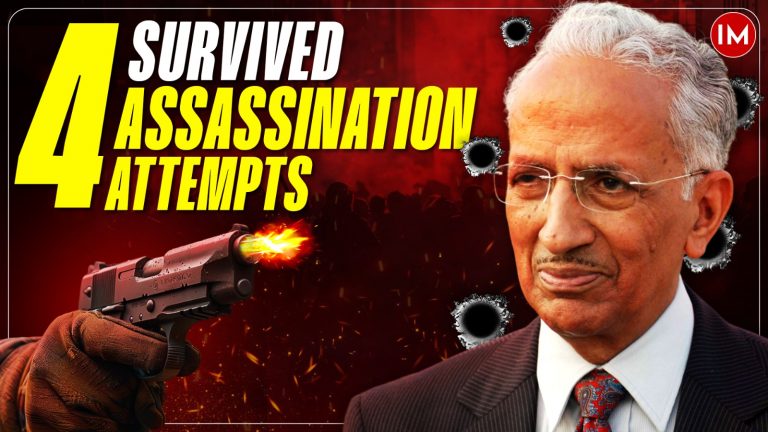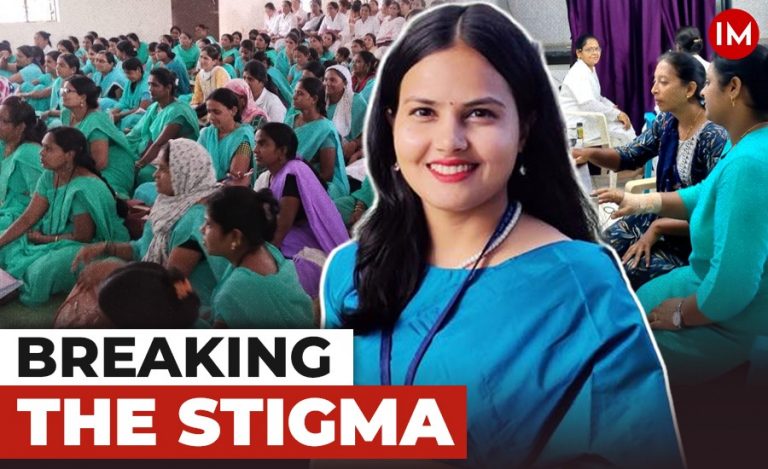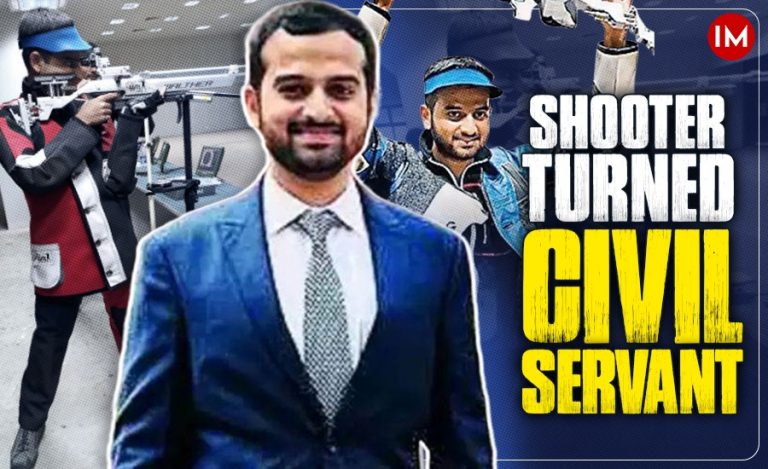With Covid-19 closing schools across the country and giving rise to online classes resulting in learning losses for millions of children, an expressway for a better future became the need of the hour for those deprived. While students throughout the world struggled with remote learning, there was also a large percentage in India who had no access to virtual learning tools at all.
“The damage mostly affected those with no access to devices,” says IPS officer Vrinda Shukla, SP Chitrakoot, who along with a few others are involved in a unique endeavour to lessen this huge digital divide that has become even more prominent over the past two years.
Ms. Shukla’s discovery of the problem led to the forming of a four-member team, founded by her sister, Ananya Shukla. They have put together e-Bhavishya to assist impoverished kids with online learning.
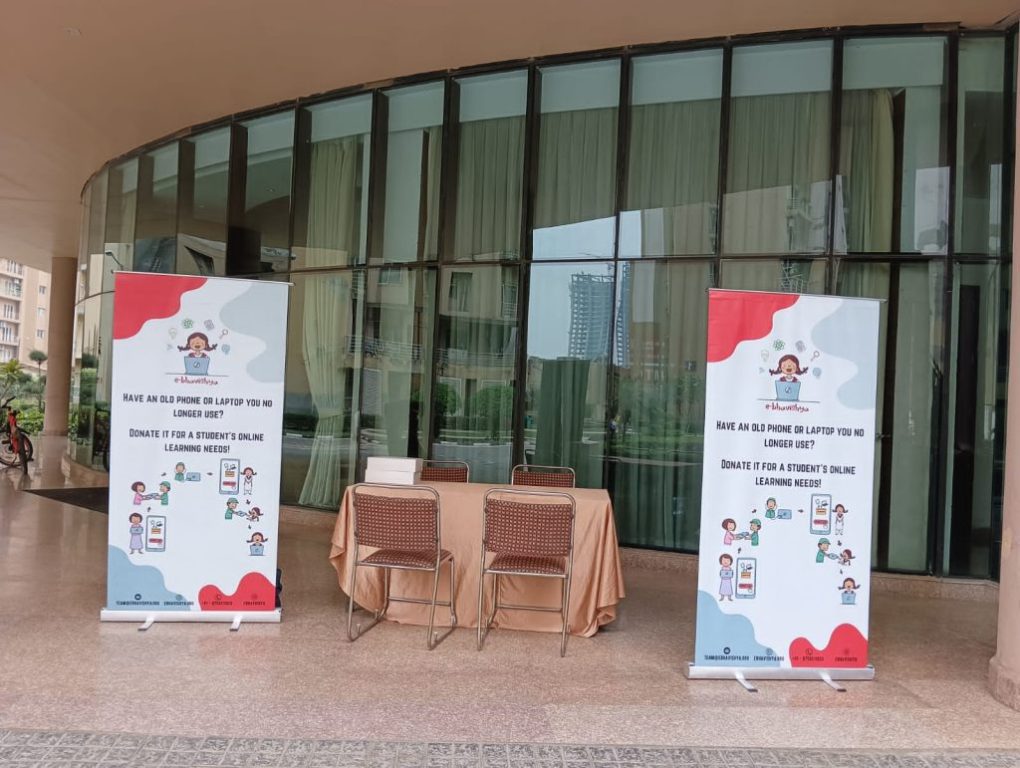
THE FUNDING
The e-bhavishya project attempts to bridge the technological gap in educational access by providing appropriate learning tools to students with the most needs. The concept is currently being piloted in the National Capital Region (NCR), with intentions to eventually expand to other parts of the country.
The World Bank Group’s Youth Innovation Fund came as a blessing as their e-bhavishya app secured the financing.
“It was a tough competition, and our proposal won, allowing us to move forward,” Ms. Shukla shared in an exclusive conversation with Indian Masterminds.
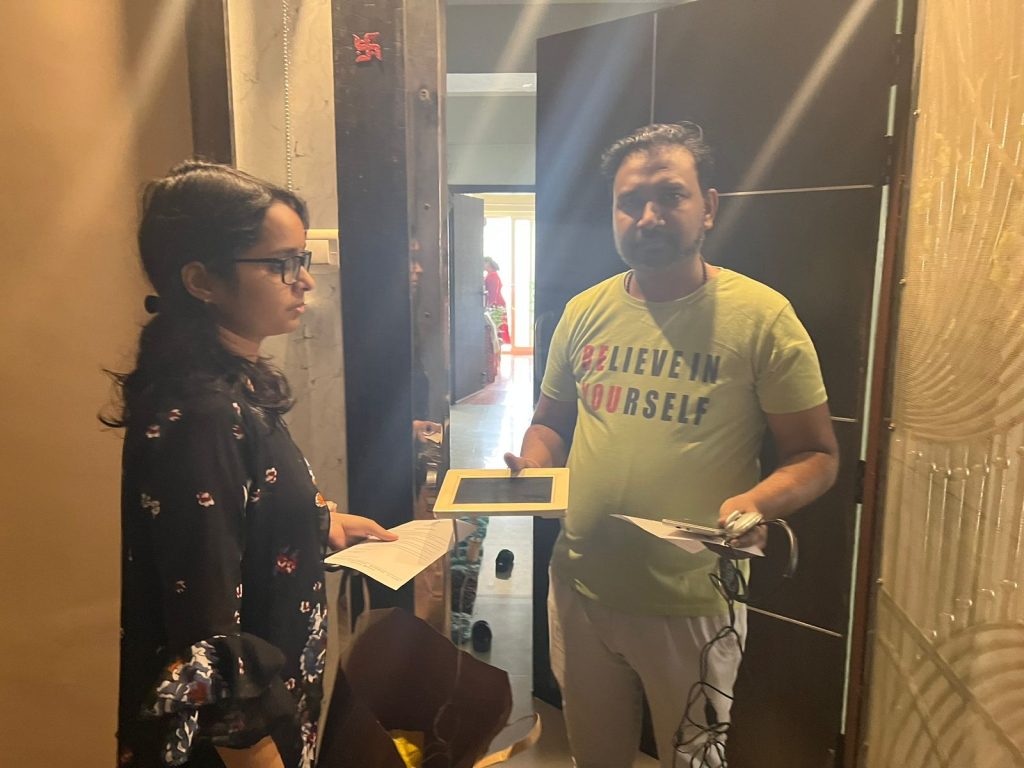
Anyone employed by the World Bank under 35 years can compete in the World Bank-sponsored competition funded by the Youth Innovation Fund, which provides funding for projects with a social impact and e-bhavishya secured it for its potential to improve educational experiences for underprivileged households.
The 2014 batch IPS officer, who acts as an advisor and mentor for the initiative, shares that after witnessing the agony of students firsthand during the Covid pandemic, she discussed the project concept with her sister, who later formalised and advanced it.
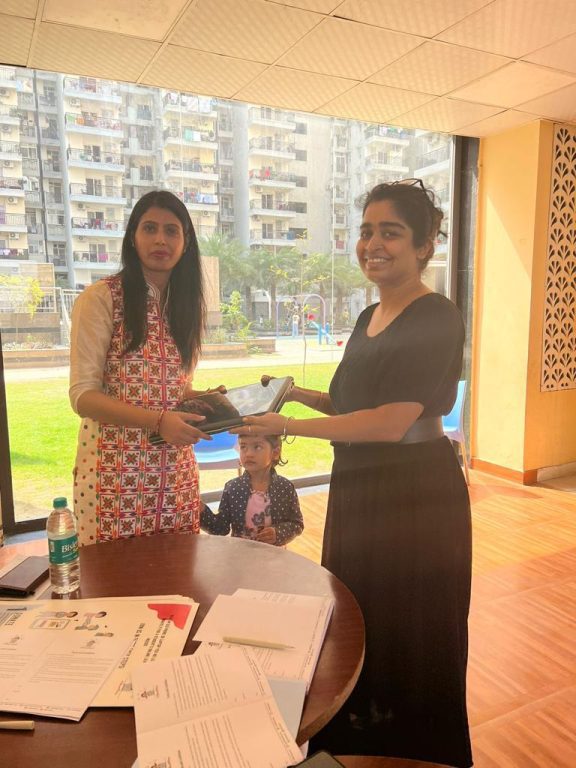
E-BHAVISHYA
The E-Bhavishya members devised a novel solution. They realised that with no means of long-term recycling or charity donation, India’s vast and increasing middle class creates a steady supply of operating gadgets, regularly. This supply would be used by e-bhavishya to meet the demand for devices from students from low-income families.
“So many of us switch phones on a regular basis. We have old functional phones at home that we intend to donate to recycling centres, but this never happens. The phones deteriorate and eventually fail. Meanwhile, some people are in dire need of such gadgets. e-bhavishya will assist in bridging this demand-supply gap,” shared the officer.
On April 5, she tweeted: “Have an old phone or laptop that you no longer need? Donate it for a needy student’s e-learning needs with @e_bhavishya! e-bhavishya, conceived by my sisters & funded by the World Bank, seeks to help provide used but still functional devices to students who can’t afford them.”
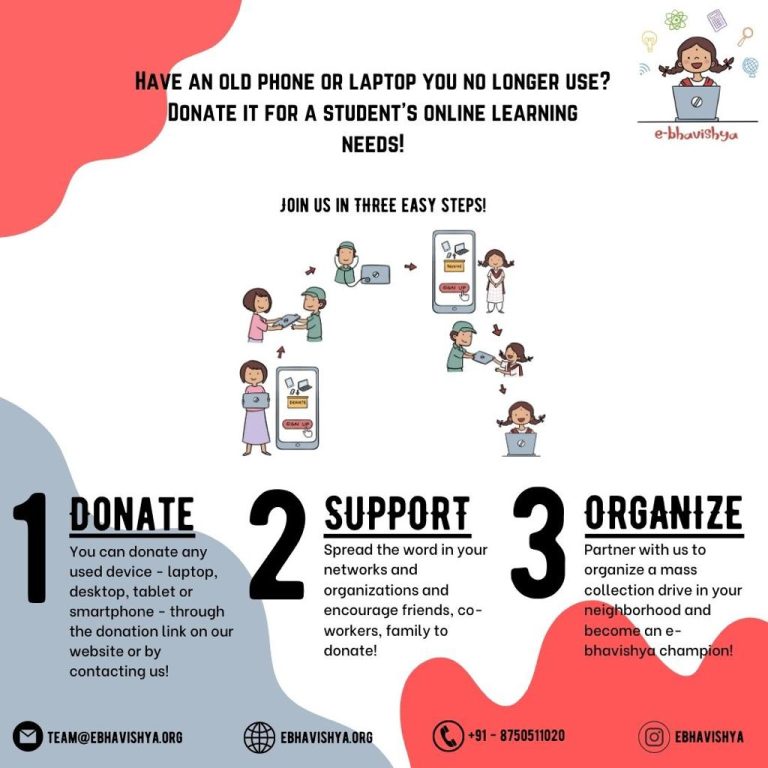
THE PROCESS
The e-bhavishya app has donor and beneficiary interfaces. Already massive donation activities are being conducted in the pilot phase targeting high-end societies and launching weekend collection drives.
“We are urging all to donate their obsolete electronics (mobile phones, tabs, laptops, computers) that could aid someone in need,” said Ms. Shukla. “We are targeting large corporations that utilise several desktops and laptops since they change their gadgets frequently and their old ones still have life,” she explained.
They have created a Google Sheet where users can easily apply and donate their devices. Then the team’s freelance pickup agents collect them from their homes after the signing of a simple consent form.
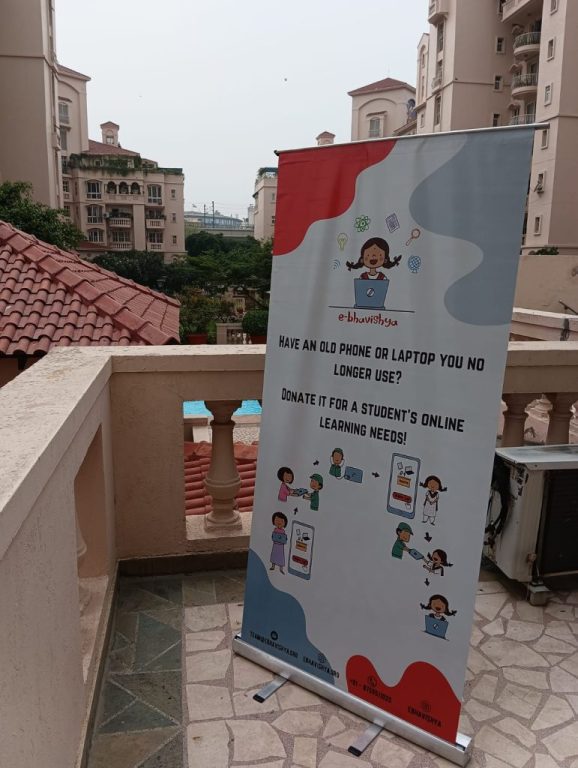
UPGRADE AND USE
The technical team inspects the gadgets, performs repairs, upgrades software, and replaces lost attachments. Minor repairs are billed to the beneficiaries as part of the device’s cost.
“We don’t make it absolutely free to avoid misuse. People might try to avail it and then siphon it off to black markets. Therefore, we charge them a minimal amount like Rs. 1000 for a laptop, which covers transportation and repair costs, to avoid such a circumstance,” shared the officer.
If a device stops working or malfunctions within one year of purchase, e-bhavishya will repair or replace it at no additional cost.
VERIFICATION
So how are beneficiaries of e-bhavishya identified? The officer explains that anyone interested in receiving the devices must first upload their school/college ID on the app, along with a genuine verification document from their institution. The staff then checks the genuineness of the beneficiary before proceeding with the delivery.
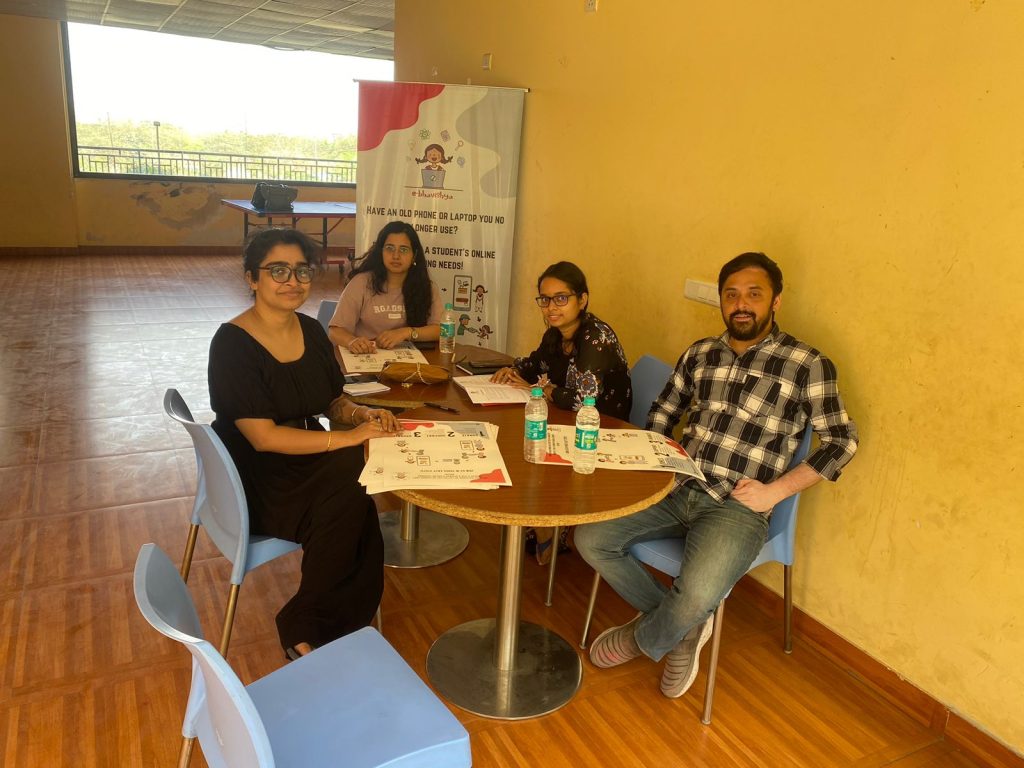
1K GOAL
The team currently is working on the donation part of the project in order to amass a stockpile of the gadgets, and once that is completed, the beneficiary part of the programme will go live. They hope to acquire at least 1000 devices this year.
As per UNICEF research, millions of children affected by the digital divide may never return to school. It may lead to a sharp increase in child labour, gender-based violence, early marriage and teenage pregnancies, it said. If e-bhavishya reduces the plight of such students it will write a new success story in collaboration with million bright futures.

